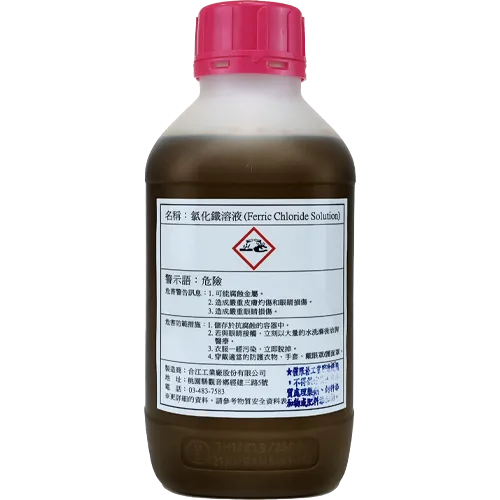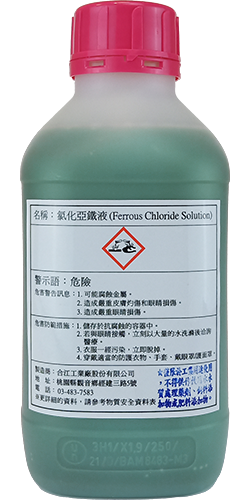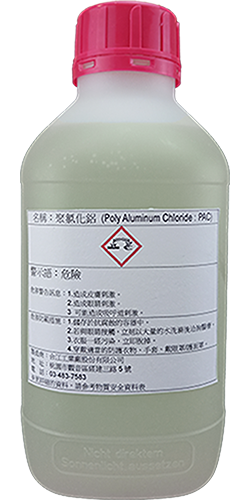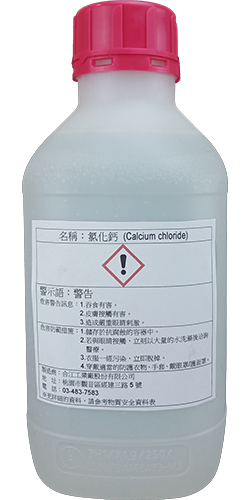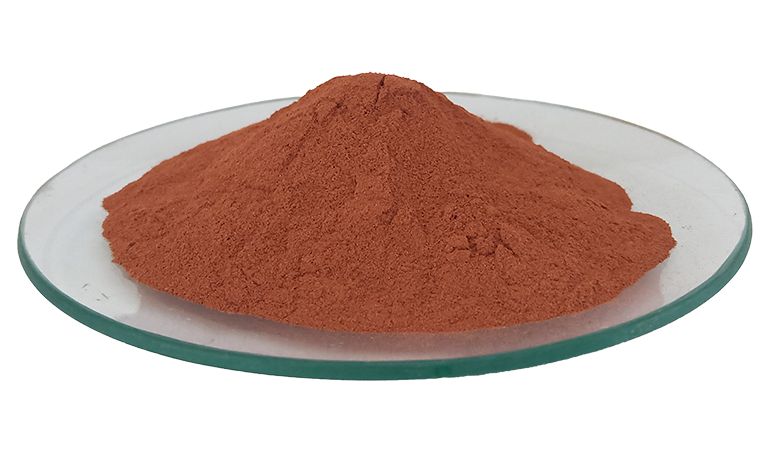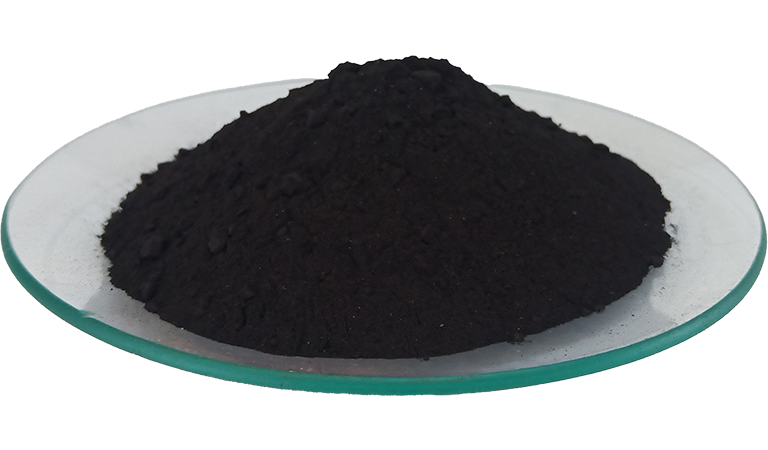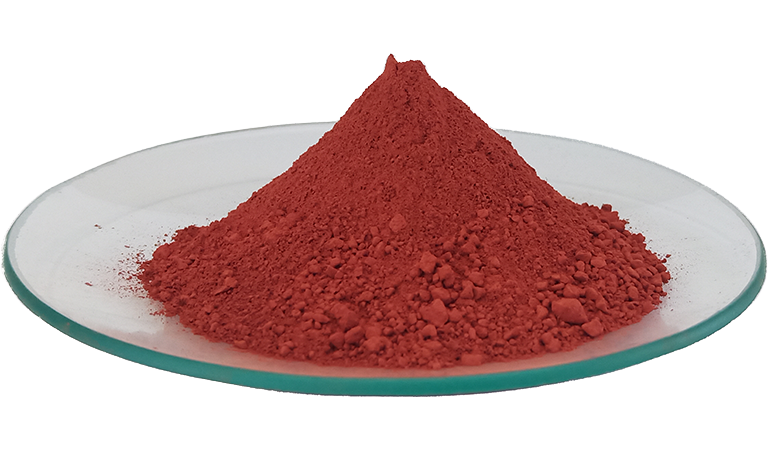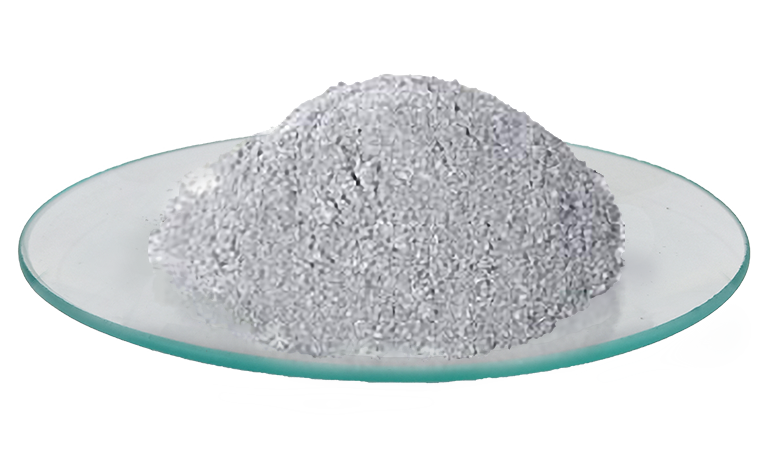Cuprous Oxide
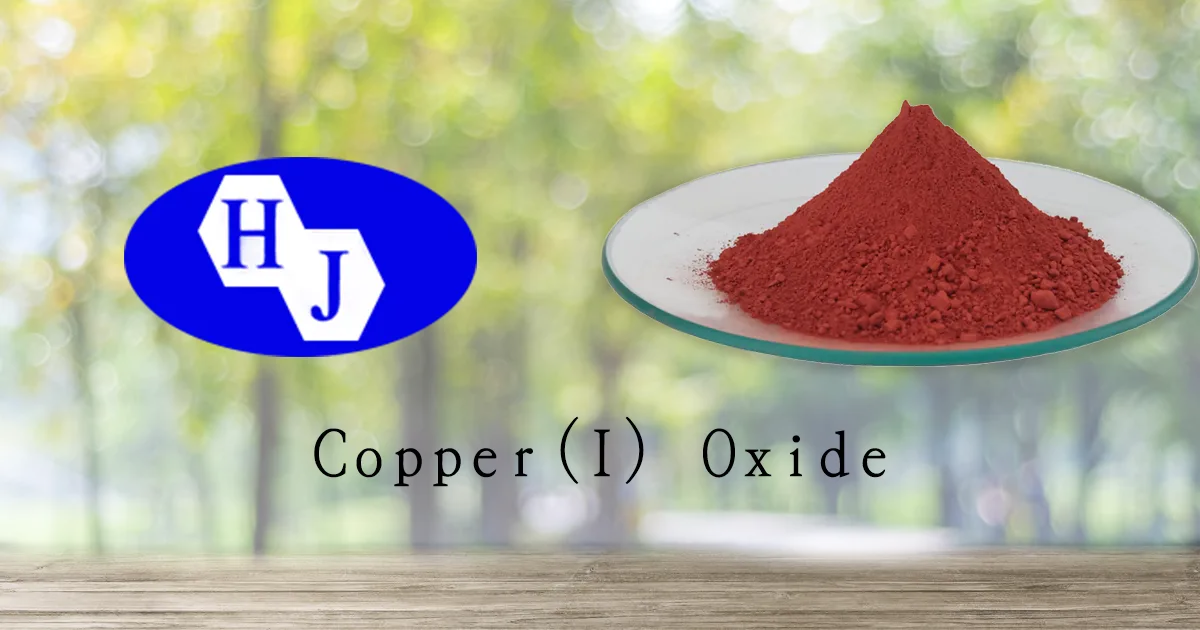
Product Introduction
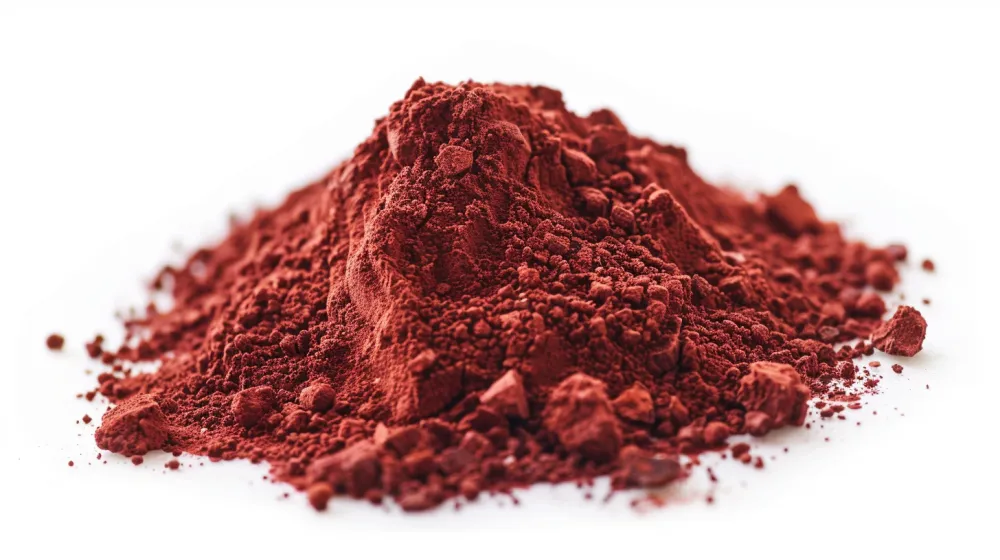
Cuprous oxide (chemical formula: Cu2O) is an oxide of monovalent copper, appearing as red to reddish-brown crystals or powder. Cu2O is insoluble in water and organic solvents but can dissolve in dilute hydrochloric acid, dilute sulfuric acid, and ammonium chloride solutions. With a density ranging from 5.9 to 6.0, cuprous oxide has various industrial applications.
Cuprous oxide has a wide range of applications. For instance, in anti-fouling paints for ship bottoms, cuprous oxide effectively prevents the attachment of marine organisms, keeping the hull clean. Additionally, cuprous oxide is used in the production of glass dyes and textile antimicrobials, contributing significantly to industrial production.
Furthermore, Cu2O is indispensable in powder metallurgy. Its excellent conductivity and corrosion resistance make copper powder widely used in the manufacturing processes of electronic components and circuit boards. These applications demonstrate the versatility of cuprous oxide in modern industry.
Specifications and Composition
Cuprous Oxide Content |
>95% |
Metallic Copper Content |
<0.5% |
Total Metallic Impurities |
<0.1% |
Chloride Content |
<0.1% |
Particle Size |
Micron-sized powder |
Hou Jan Cuprous Oxide Powder Advantages:
- Purity: Processed using 99.9% pure copper raw materials.
- Particle Size: Uniformity ensured by wet processing.
- Surface Properties: Offers both hydrophilic and hydrophobic options.
Particle size range and cuprous oxide purity can be customized according to customer requirements.
Packaging Specifications
Our Cuprous Oxide Powder offers a variety of flexible packaging options to meet the needs of different customers:
- 1 kg packaging: Suitable for laboratory and small-scale production, easy to store and use.
- 5 kg packaging: Ideal for medium-scale production, ensuring stable supply and convenience.
- 20 kg packaging: Suitable for large-scale industrial applications, reducing the frequency of package changes and improving production efficiency.
We are committed to providing high-quality, reliable, and flexible products, ensuring that every choice you make is the best one.
Characteristics and Applications
Physical Properties of Cuprous Oxide
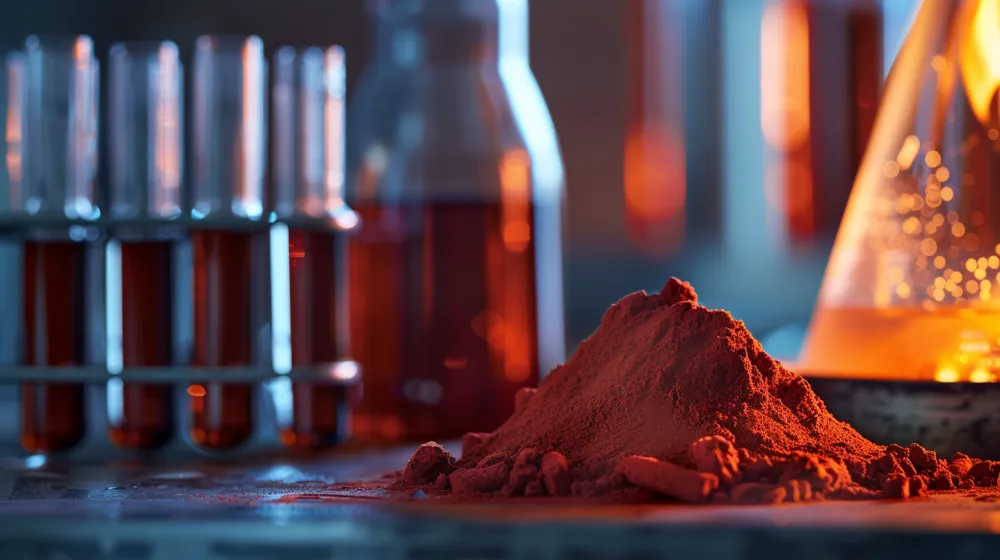
The physical properties of cuprous oxide (Cu2O) give it unique advantages in various applications. This red to reddish-brown crystalline or powder material has a density range of 5.9 to 6.0. Cuprous oxide is insoluble in water and organic solvents but can dissolve in dilute hydrochloric acid, dilute sulfuric acid, and ammonium chloride solution, making it very useful in specific chemical processes. Additionally, Cu2O shows good stability at high temperatures, with a melting point of approximately 1235°C, allowing it to maintain stable performance in industrial processes requiring high-temperature treatment.
In industrial applications, cuprous oxide is often used as a coloring agent for glass and ceramics, giving products a beautiful red or reddish-brown color. Furthermore, Cu2O is used in the production of textile antimicrobials, which effectively inhibit bacterial growth, thereby improving the hygiene performance of products.
Summary of Properties:
- Color: Red to reddish-brown
- Density: 5.9 to 6.0
- Melting Point: 1235°C
- Applications: Coloring agent for glass and ceramics, textile antimicrobial agent
The physical properties of cuprous oxide make it highly valuable in various industrial applications, especially in areas requiring high-temperature processing and special coloring.
Chemical Properties of Cuprous Oxide
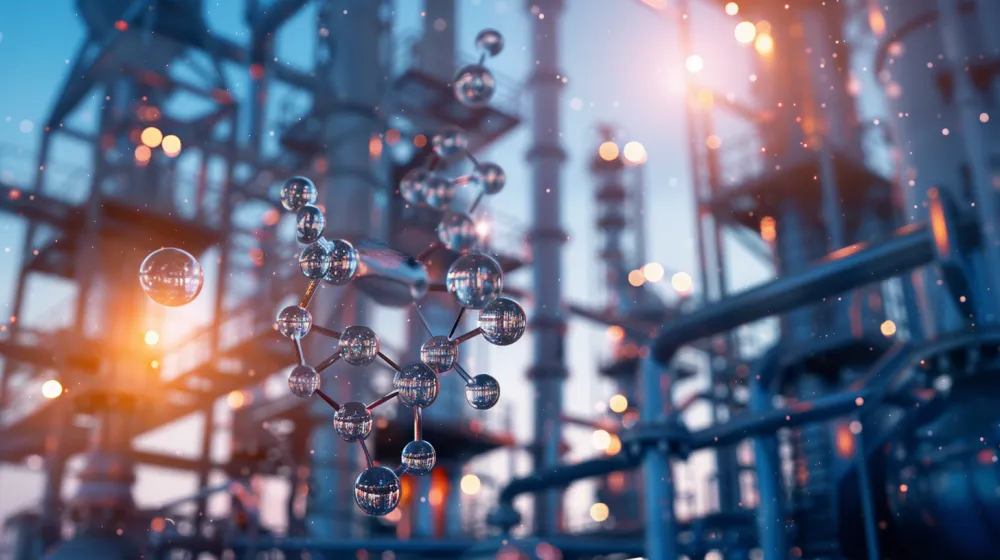
Cuprous oxide (Cu2O) has various important chemical properties, making it widely used in industrial and scientific applications. Cuprous oxide (Cu2O) is insoluble in water and organic solvents but can dissolve in dilute hydrochloric acid, dilute sulfuric acid, and ammonium chloride solution. These solubility properties make cuprous oxide (Cu2O) play a crucial role in different chemical reactions. For instance, cuprous oxide (Cu2O) can act as a catalyst in various organic synthesis reactions, particularly in oxidation and reduction reactions.
Additionally, cuprous oxide (Cu2O) has important applications in the production of metal-based composites. These composites typically exhibit high thermal and electrical conductivity, playing a key role in the electronics industry. For example, in the manufacture of electronic components, circuit boards, and solar cells, Cu2O is an ideal material. Moreover, cuprous oxide (Cu2O) is also used as a pigment, widely applied in the chemical industry due to its ability to produce stable and vibrant red colors.
Summary of Chemical Properties:
- Solubility: Soluble in dilute hydrochloric acid, dilute sulfuric acid, and ammonium chloride solution
- Catalyst: Participates in various organic synthesis reactions
- Production of high thermal and electrical conductivity metal-based composites
- Pigment: Produces stable and vibrant red colors
The chemical properties of cuprous oxide make it an indispensable material in various industrial and scientific applications.
Industrial Applications of Cuprous Oxide
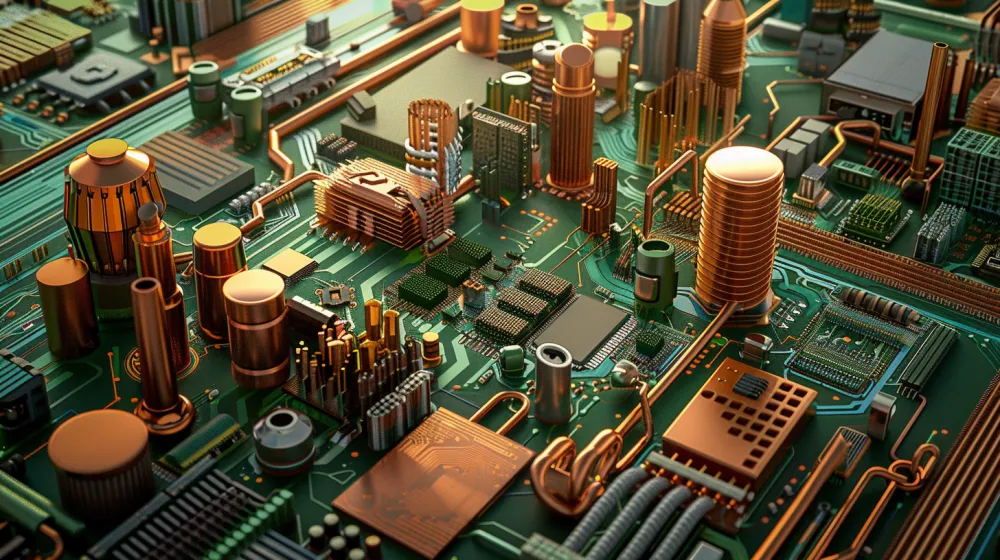
Cuprous oxide (Cu2O) plays a crucial role in various industrial applications, especially in the electronics, chemical, and metal processing industries. In the electronics industry, cuprous oxide (Cu2O) is used to manufacture electronic components, circuit boards, and solar cells. Its excellent conductivity and corrosion resistance make it an essential electronic material. Additionally, cuprous oxide (Cu2O) is used as a copper concentration supplement in semiconductor manufacturing, ensuring the uniformity and stability of the electroplating process.
In the chemical industry, cuprous oxide (Cu2O) is commonly used as a catalyst and pigment, particularly in the production of dyes, pigments, and coatings. The catalytic properties of cuprous oxide (Cu2O) make it an indispensable component in chemical reactions. In the metal processing industry, cuprous oxide (Cu2O) is used for metal surface treatment, such as electroplating and chemical plating processes. It not only improves the quality of the metal surface but also enhances the durability and corrosion resistance of the metal.
Summary of Industrial Applications:
- Electronics Industry: Manufacture of electronic components, circuit boards, and solar cells
- Chemical Industry: Applications as a catalyst and pigment
- Metal Processing Industry: Metal surface treatment, such as electroplating and chemical plating processes
Cuprous oxide is an indispensable material in various industrial applications due to its multifunctionality and excellent physical and chemical properties.
Applications of Cuprous Oxide in Agriculture and Environmental Protection
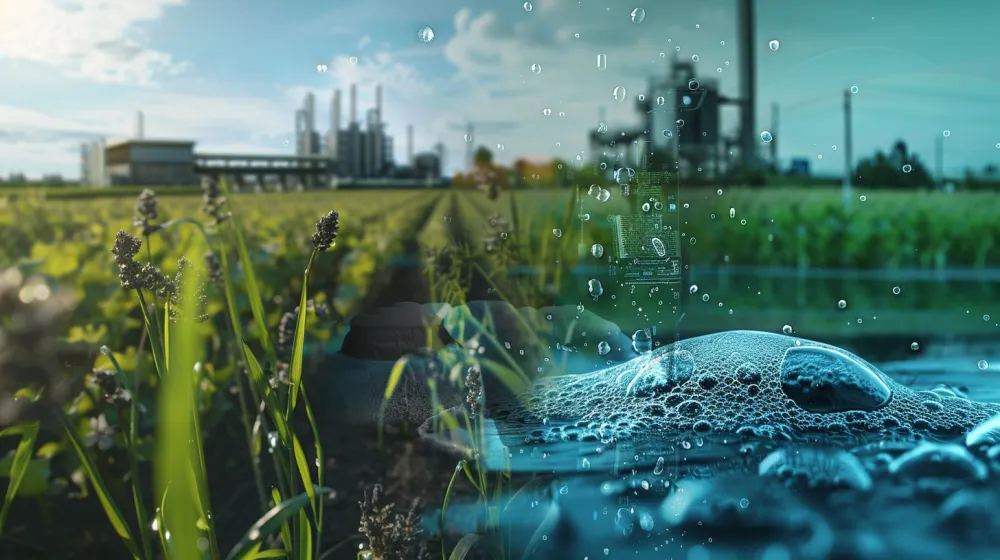
Cuprous oxide (Cu2O) is also widely used in agriculture and environmental protection. In agriculture, cuprous oxide (Cu2O) is used as an insecticide and fungicide, effectively controlling various diseases and pests, protecting the healthy growth of crops. These insecticides and fungicides can effectively control plant pathogens, thereby increasing crop yield and quality.
In environmental protection, cuprous oxide (Cu2O) is used to treat industrial wastewater, particularly for removing
heavy metals and organic pollutants. Through chemical reactions, it can convert harmful substances into harmless forms, achieving the purpose of purifying water. These applications not only help protect water resources but also reduce the negative impact of industrial emissions on the environment.
Summary of Agricultural and Environmental Protection Applications:
- Agriculture: Used as an insecticide and fungicide to control crop diseases
- Environmental Protection: Treatment of industrial wastewater to remove heavy metals and organic pollutants
The application of cuprous oxide in agriculture and environmental protection not only improves agricultural production efficiency but also makes significant contributions to environmental protection.
Other Applications of Cuprous Oxide

Cuprous oxide (Cu2O) also has important applications in other fields. In the glass industry, cuprous oxide is used as a coloring agent, giving glass products a beautiful red or reddish-brown color, enhancing their visual appeal and market competitiveness. In the ceramics industry, cuprous oxide is used for glazing, giving ceramic products a unique appearance and style.
Additionally, cuprous oxide (Cu2O) is used as an antimicrobial agent in the textile industry. These antimicrobials can effectively inhibit bacterial growth, improving the hygiene performance of textile products, suitable for making medical fabrics and high-quality clothing. In pyrotechnics, cuprous oxide is used to produce red flames, making fireworks displays more colorful and vibrant.
Summary of Other Applications:
- Glass Coloring Agent: Enhances visual appeal
- Ceramic Glaze Coloring: Enhances appearance
- Textile Antimicrobial Agent: Improves hygiene performance
- Pyrotechnic Coloring Agent: Produces red flames
The wide range of applications of cuprous oxide in various fields demonstrates its multifunctionality and broad use, significantly enhancing the performance of many industrial and consumer products.
Frequently Asked Questions
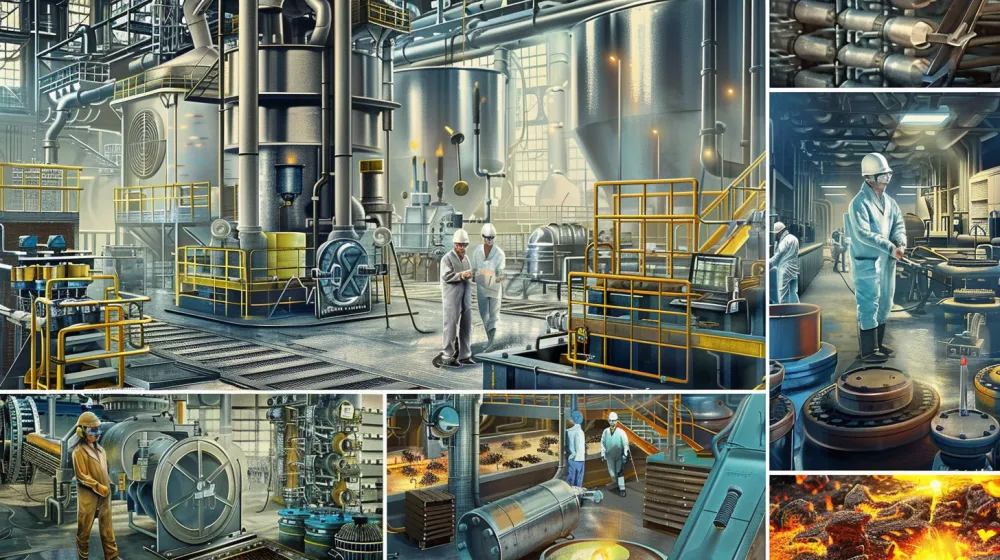
Question 1: What are the specific scenarios of cuprous oxide applications in different industries?
Cuprous oxide (Cu2O) is used in different industrial applications, including the manufacture of electronic components in the electronics industry, catalysts and pigments in the chemical industry, metal surface treatment in the metal processing industry, and as insecticides and fungicides in agriculture.
Question 2: What are the different methods of preparing cuprous oxide?
The preparation processes for cuprous oxide (Cu2O) include chemical reduction, electrochemical methods, and thermal decomposition. Each method has its advantages, and the most suitable preparation method is selected according to different application needs.
Question 3: How does the corrosion resistance of cuprous oxide work?
The corrosion resistance of cuprous oxide (Cu2O) stems from its stable chemical properties. It can form a protective layer on metal surfaces, preventing further oxidation and corrosion, thereby extending the lifespan of metal materials.
Question 4: What are the specific applications of cuprous oxide in electronic components?
In electronic components, cuprous oxide (Cu2O) is used to manufacture diodes, sensors, and photovoltaic cells. Its excellent conductivity and corrosion resistance make it an ideal material for these applications.
Question 5: What safety measures should be taken during the production process of cuprous oxide in Taiwan?
During the production of cuprous oxide (Cu2O) in Taiwan, it is necessary to take protective measures to avoid inhalation of dust, wear appropriate protective equipment, and operate in a well-ventilated environment. Additionally, it should be stored away from acids and strong oxidizers to prevent chemical reactions.
Safety Data Sheet
Quick Browse All Products
Professional Services
Resource Reuse
Recycling and reuse of waste liquid from printed circuit boards and metal surface treatment, achieving resource circulation and environmental protection.
Learn moreMetal Etchant
Ferric Chloride Solution
Ferric Chloride: An efficient agent for metal etching, water treatment, and various industrial applications.
Learn moreWater Treatment Agents
Ferric Chloride Solution
Ferric Chloride: An efficient agent for metal etching, water treatment, and various industrial applications.
Learn moreFerrous Chloride Solution
Ferrous Chloride: A high-efficiency reducing agent for wastewater treatment, fabric dyeing, and various industrial uses.
Learn morePoly Aluminum Chloride (PAC)
Poly Aluminum Chloride: An efficient wastewater treatment agent, suitable for various types of wastewater, improving treatment efficiency.
Learn moreCalcium Chloride
Calcium Chloride: Used for fluorine-containing wastewater treatment, refrigeration, ice making, and as an antifreeze in construction.
Learn moreDiverse Copper Metals
Copper Powder
Copper Powder: High purity, suitable for powder metallurgy, electronic components, and chemical catalysts.
Learn moreCopper Oxide Powder
Copper Oxide: Used in catalysts, glass coloring, analytical reagents, and petroleum desulfurization.
Learn moreCuprous Oxide Powder
Cuprous Oxide: Used in antifouling paint, pesticides, red glass, and copper salt production.
Learn moreSilver-Coated Copper Powder
Silver-Coated Copper Powder: Enhances conductivity and oxidation resistance, suitable for conductive adhesives, paints, and inks.
Learn more

